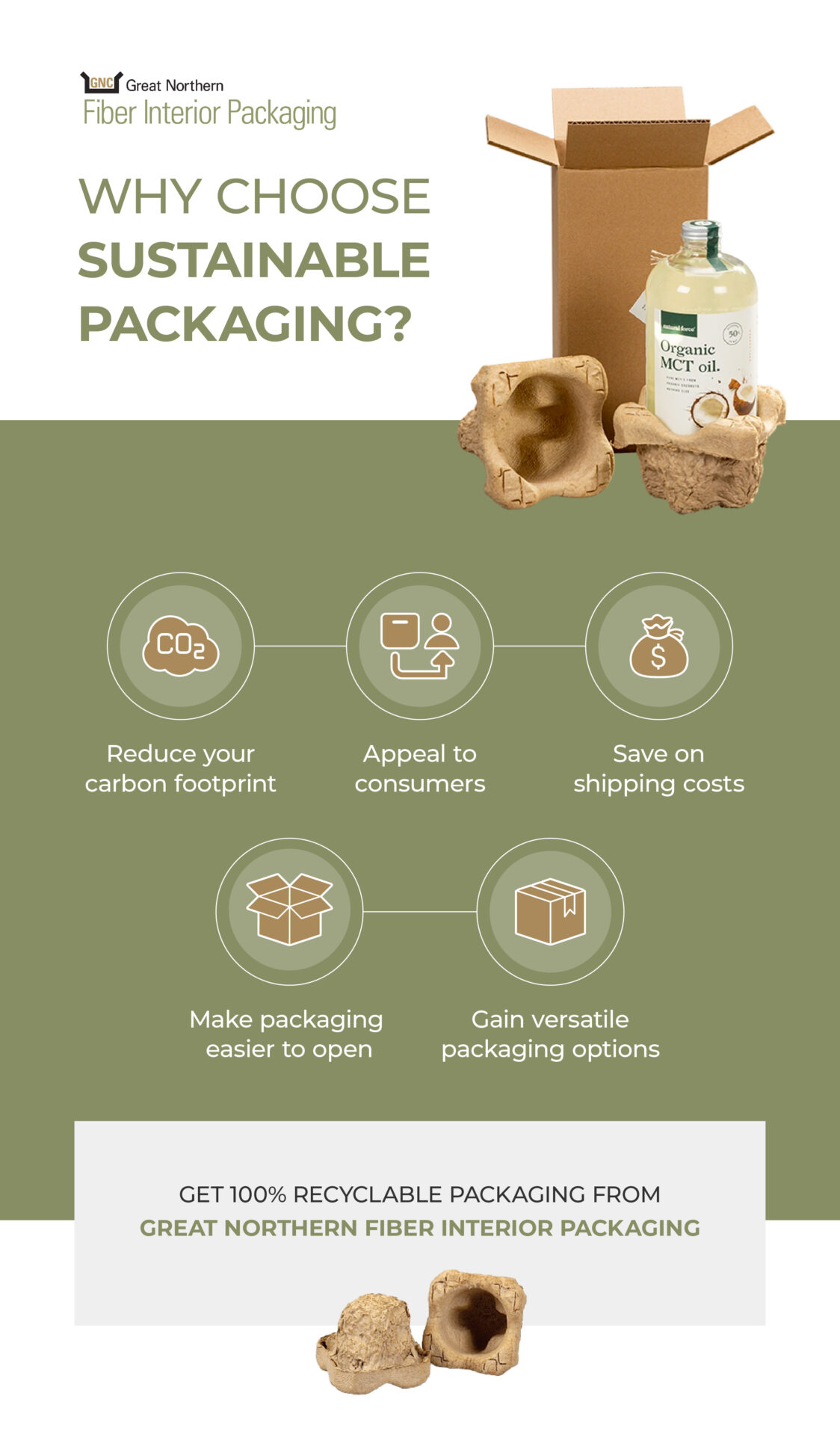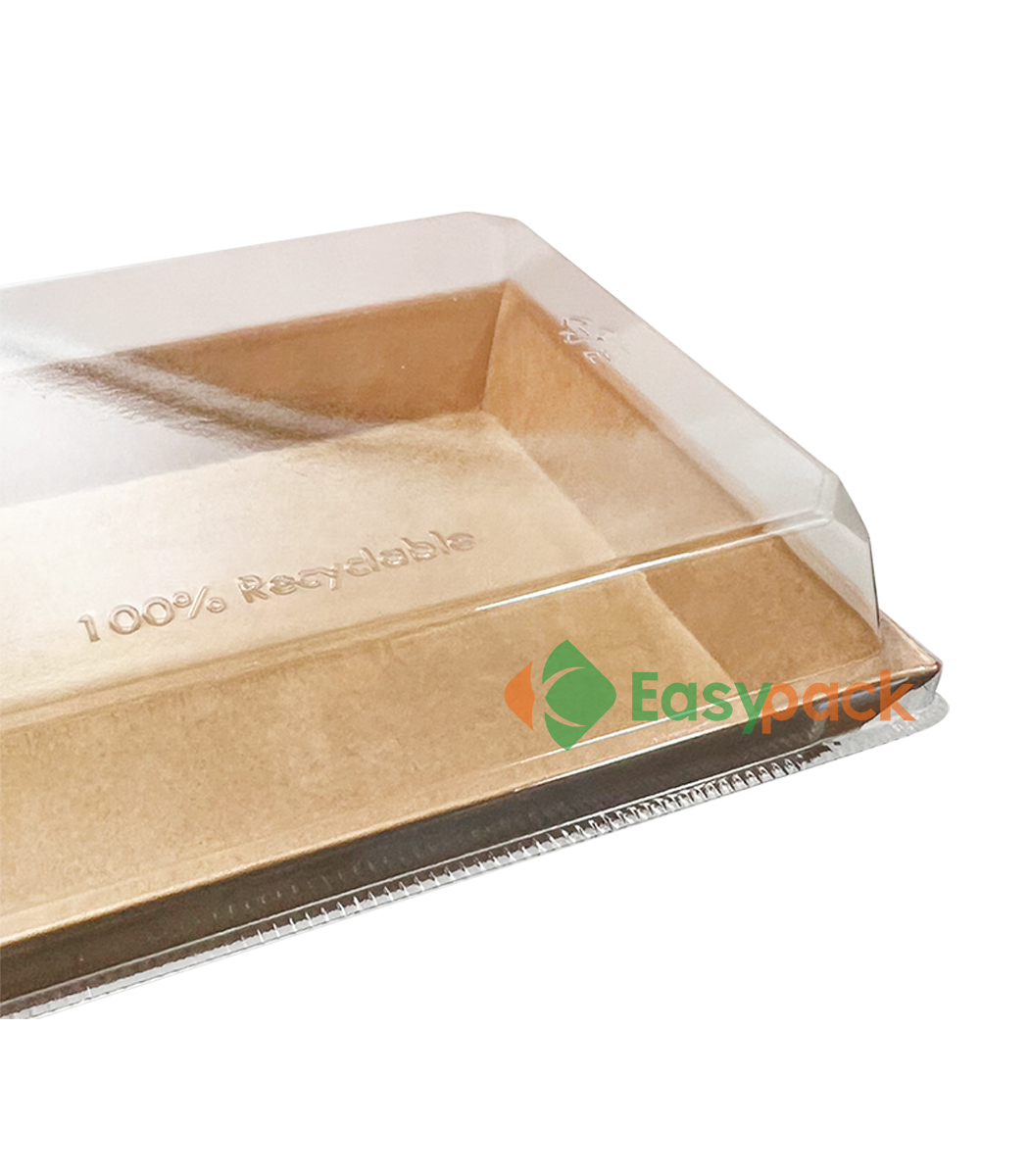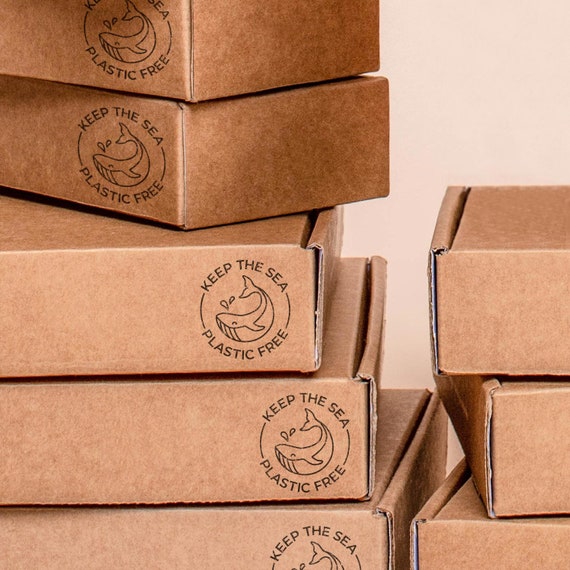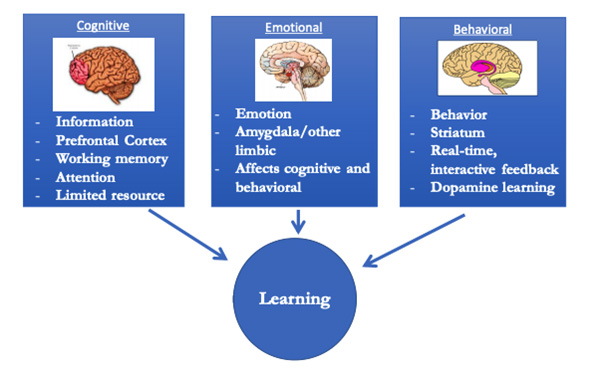The Growing Problem of Packaging Waste
Our modern world is awash in packaging. From the plastic film around our groceries to the cardboard boxes that arrive on our doorsteps daily, the sheer volume of packaging material generated is staggering. This waste is a significant contributor to overflowing landfills, ocean pollution, and greenhouse gas emissions. The environmental cost of this convenient, often single-use, packaging is becoming increasingly apparent, urging us to seek more sustainable alternatives.
The Environmental Impact of Traditional Packaging
Traditional packaging materials, particularly plastics, are notoriously slow to decompose. Many plastics persist in the environment for hundreds, even thousands, of years, accumulating in landfills and polluting our oceans. The production of these materials also requires significant energy consumption and contributes to air and water pollution. The extraction of raw materials like petroleum for plastics further exacerbates environmental damage through habitat destruction and greenhouse gas emissions.

Biodegradable and Compostable Packaging: A Greener Choice
Fortunately, there’s a growing movement toward more sustainable packaging options. Biodegradable and compostable materials, derived from renewable resources like plants, offer a compelling alternative. These materials break down naturally in specific environments, either through composting or microbial action, minimizing their environmental footprint. Examples include packaging made from cornstarch, sugarcane bagasse, seaweed, and mushroom packaging.
Recyclable Packaging: Closing the Loop
Recycling plays a crucial role in reducing packaging waste. While not entirely eliminating the environmental impact, recycling significantly reduces the demand for new materials and the energy required for their production. However, the effectiveness of recycling depends on efficient collection and processing systems, consumer awareness, and the recyclability of the packaging itself. Choosing products with clearly marked recyclable packaging and participating actively in recycling programs is vital.
Reusable Packaging: A Circular Economy Approach
Reusable packaging represents a significant step towards a circular economy, where materials are kept in use for as long as possible. This approach minimizes waste by extending the lifespan of packaging materials. Reusable containers, bags, and boxes can be used multiple times, reducing the demand for new packaging and minimizing environmental impact. Companies are increasingly exploring initiatives like reusable delivery containers and refill programs to encourage this sustainable practice.
Sustainable Packaging Materials: A Diverse Landscape
The quest for sustainable packaging is driving innovation across various materials. Beyond biodegradable and compostable options, we’re seeing increased use of recycled content in paper and cardboard packaging. Companies are also exploring innovative materials like mycelium (mushroom roots), which can be grown into custom-shaped packaging. The use of seaweed-based packaging offers another exciting alternative, with its potential for biodegradability and minimal environmental impact.
Consumer Awareness and Responsible Consumption
Ultimately, the success of sustainable packaging relies on consumer awareness and responsible consumption. Consumers have a powerful voice in driving demand for environmentally friendly packaging. By actively choosing products with sustainable packaging, supporting businesses committed to sustainability, and participating in recycling and composting programs, individuals can contribute significantly to a cleaner and greener future.
The Role of Businesses and Policy
Businesses have a crucial role to play in fostering sustainable packaging. Investing in research and development of innovative materials, adopting eco-friendly packaging practices, and providing transparent information about their packaging’s sustainability are essential steps. Government regulations and policies can also incentivize the adoption of sustainable packaging through initiatives like extended producer responsibility schemes, taxes on non-recyclable materials, and subsidies for sustainable packaging solutions.
The Future of Sustainable Packaging
The future of packaging lies in a collaborative effort involving consumers, businesses, and policymakers. By embracing innovation, promoting responsible consumption, and implementing supportive policies, we can significantly reduce the environmental impact of packaging and move towards a more sustainable future. This transition requires a holistic approach, focusing not only on the materials used but also on the entire lifecycle of the packaging, from production to disposal. Read more about eco-friendly packaging.













